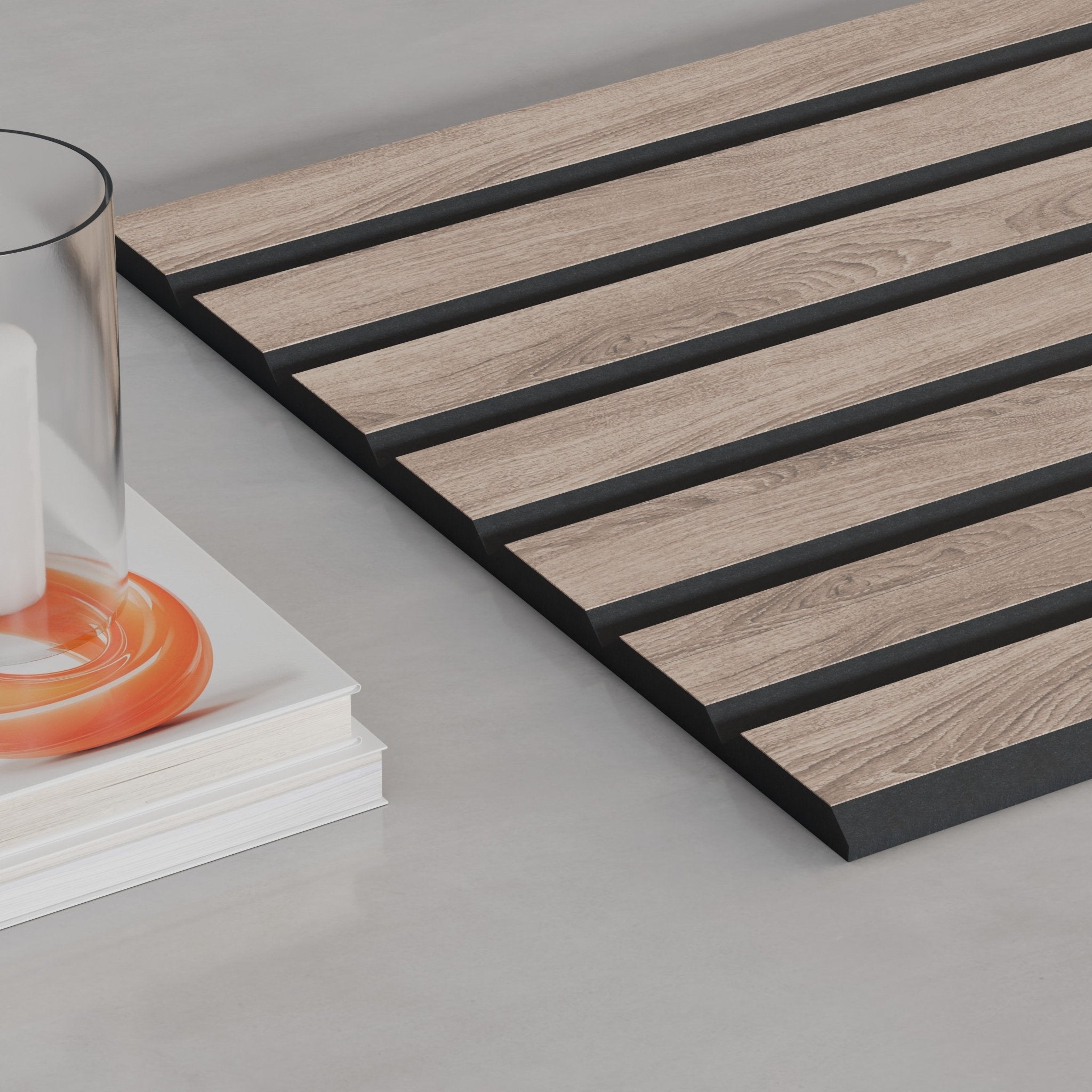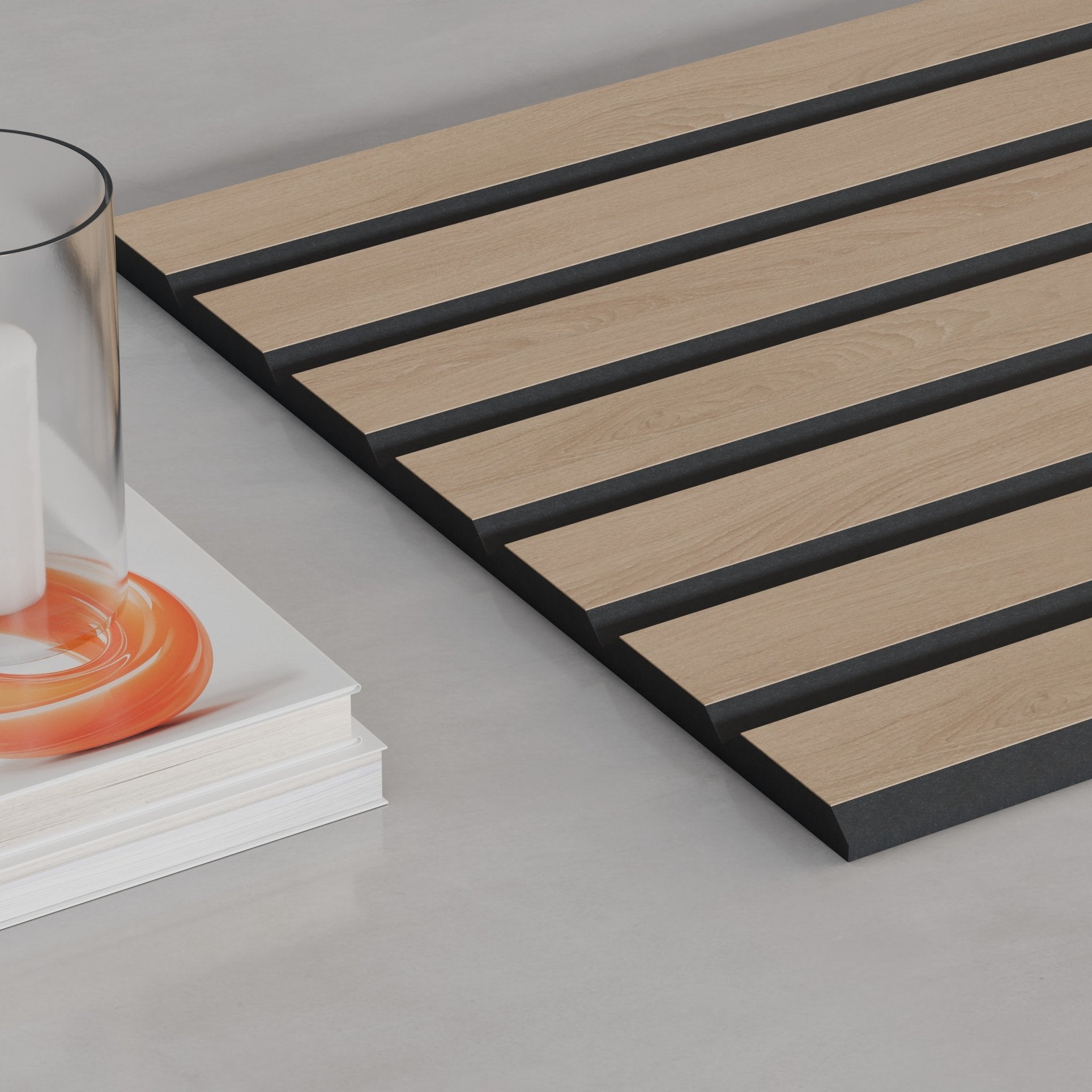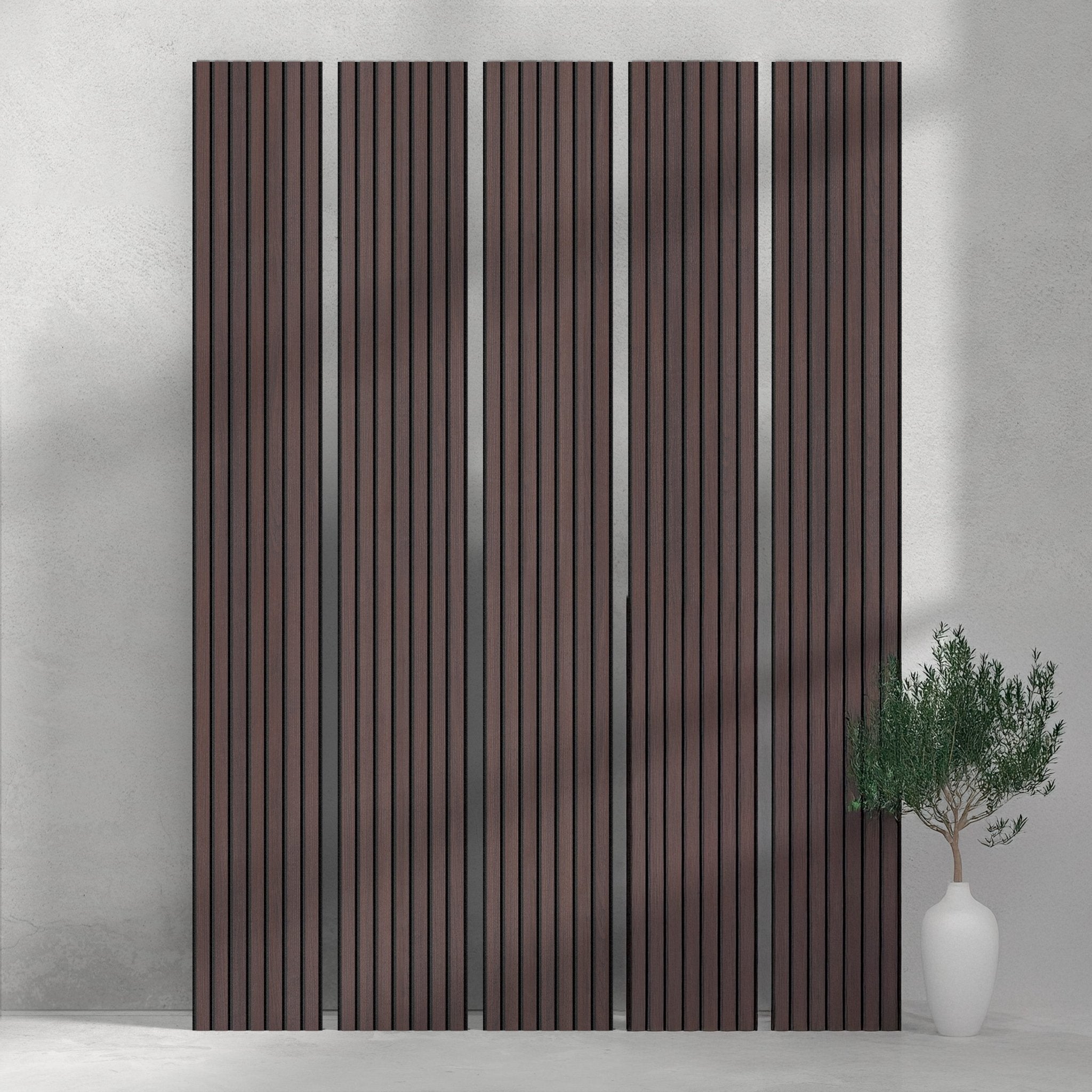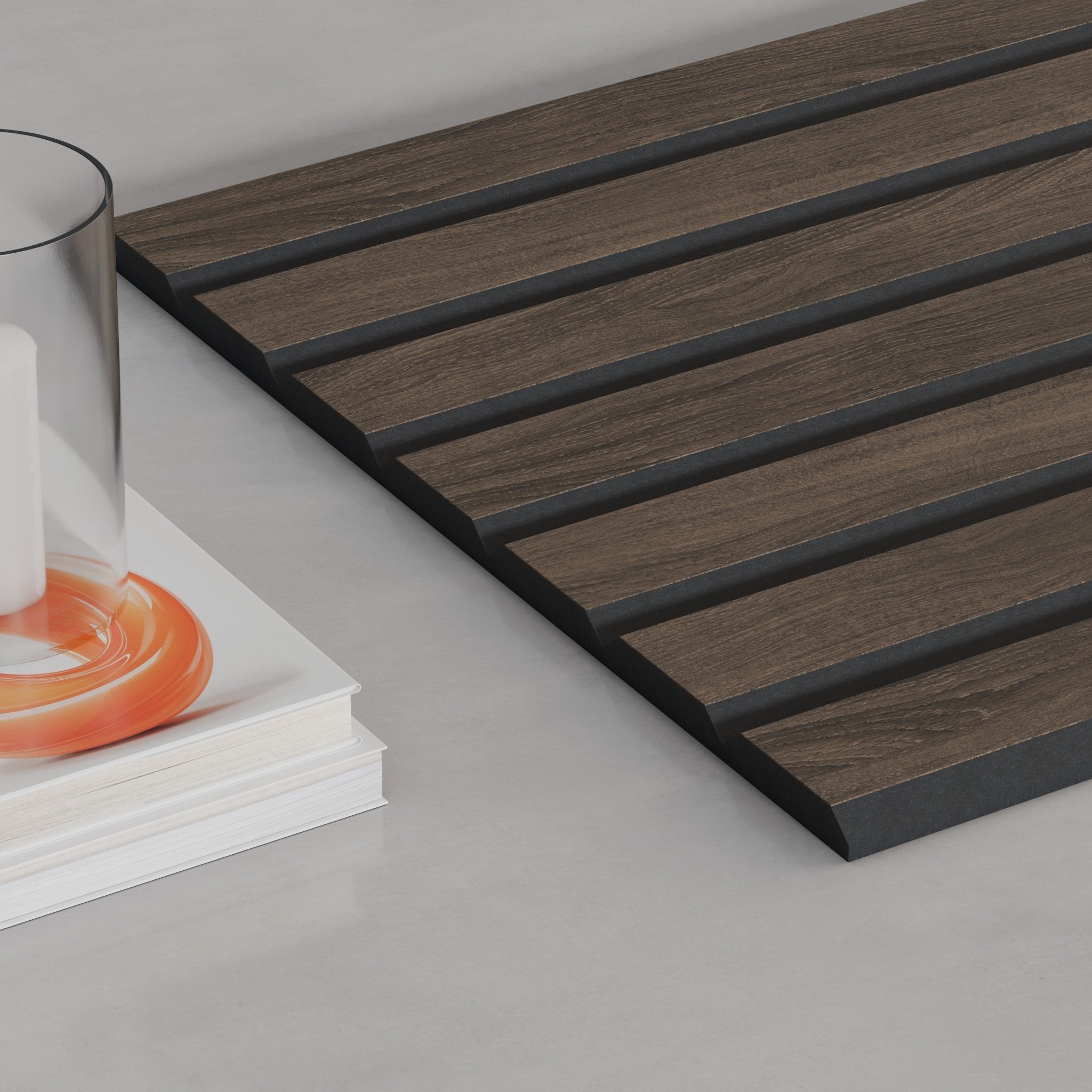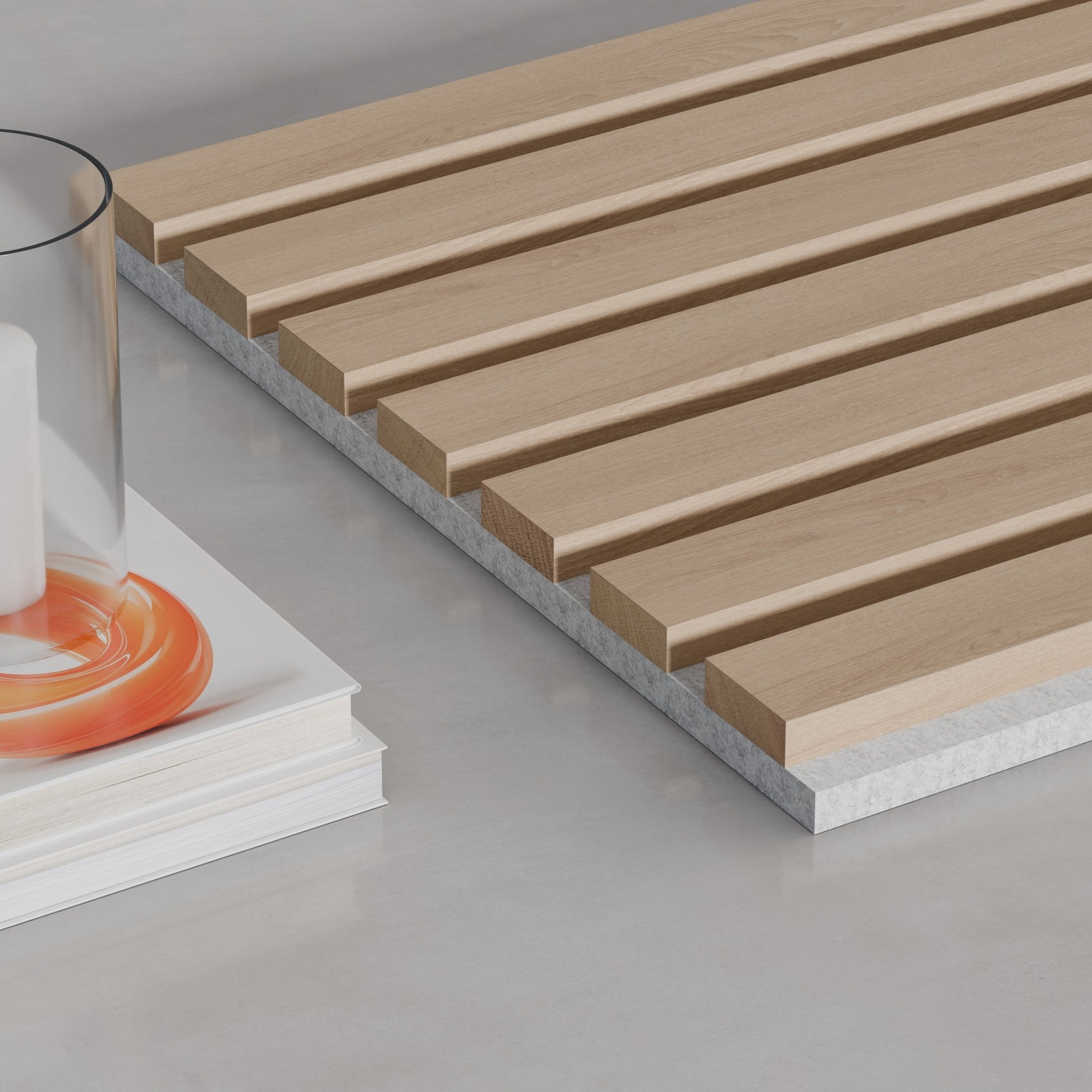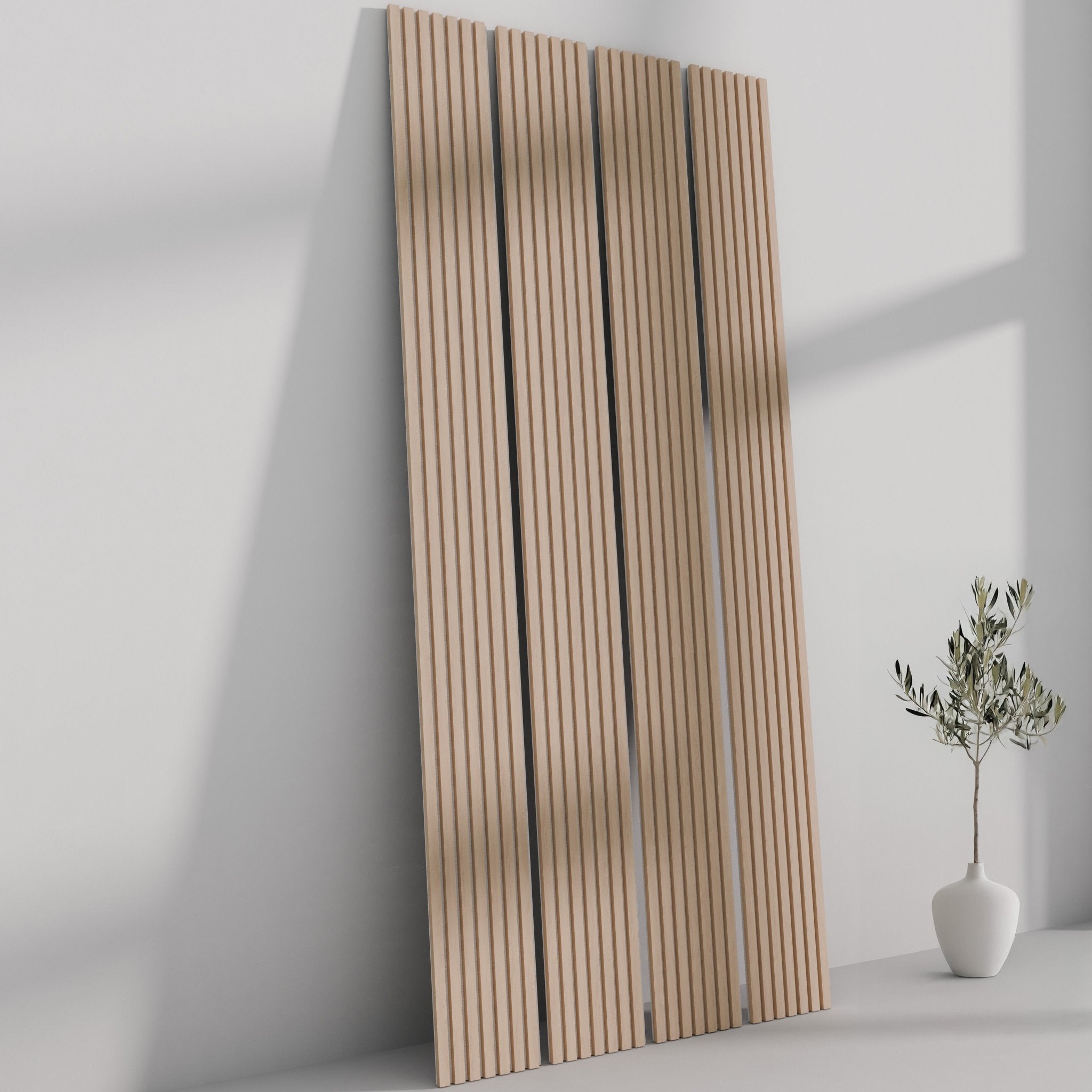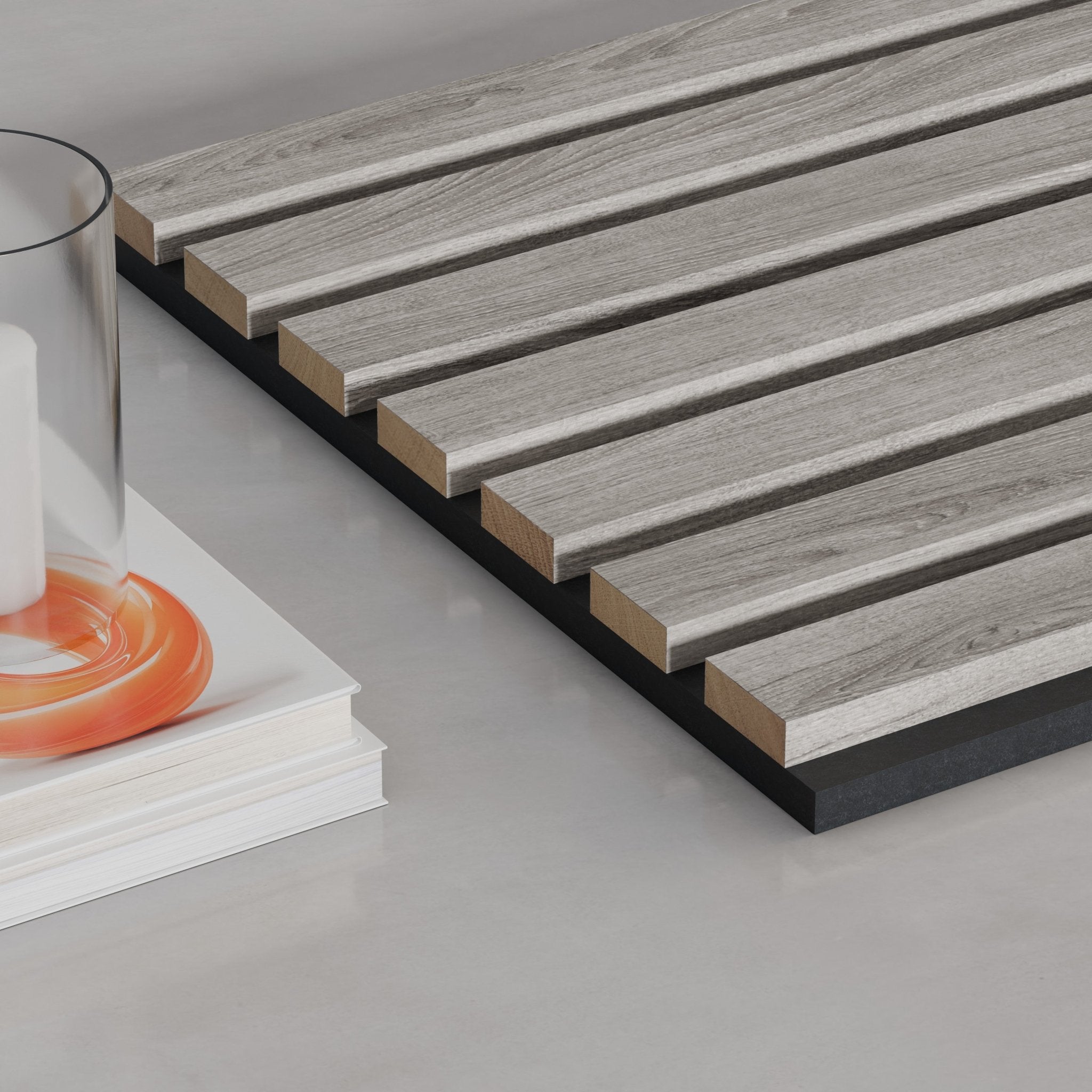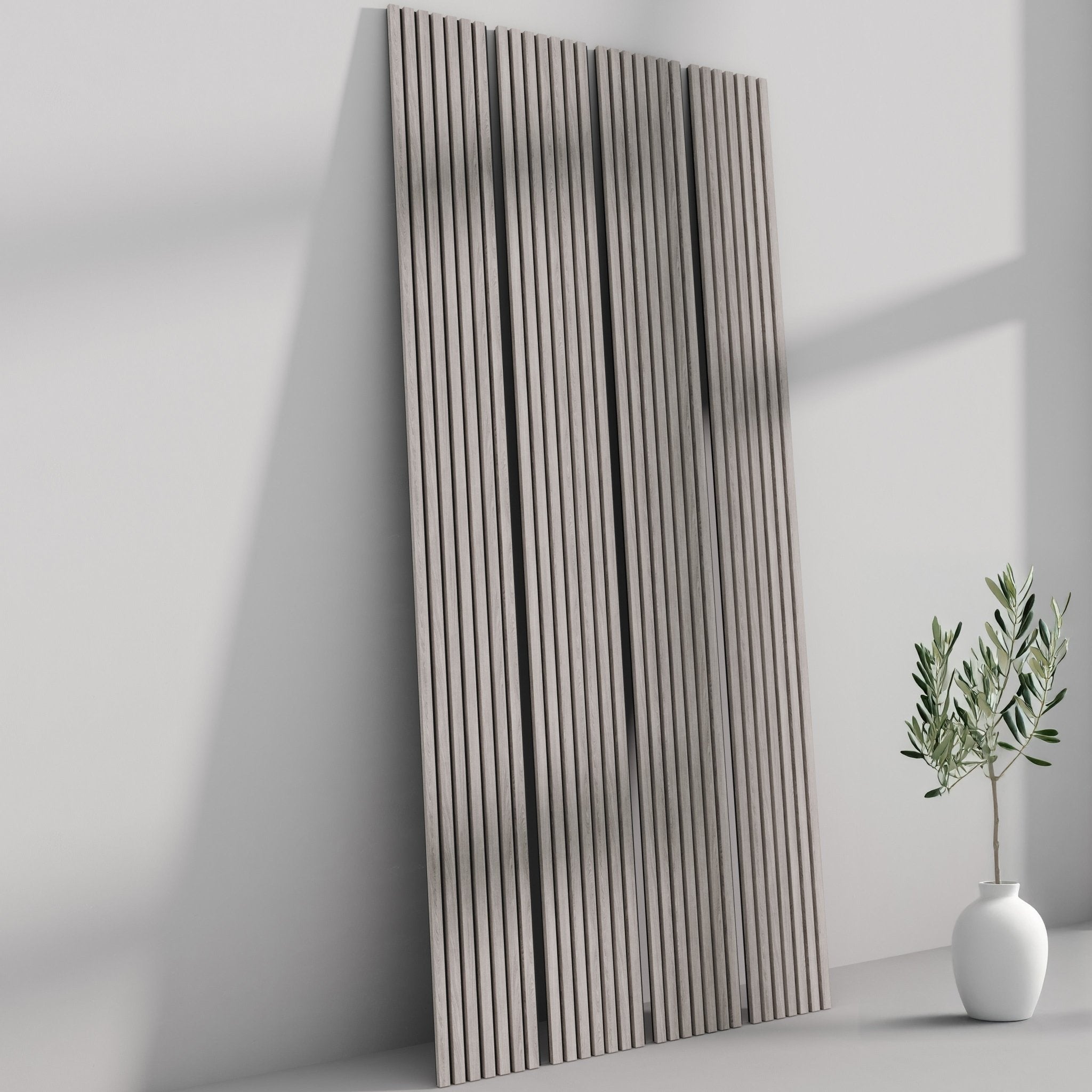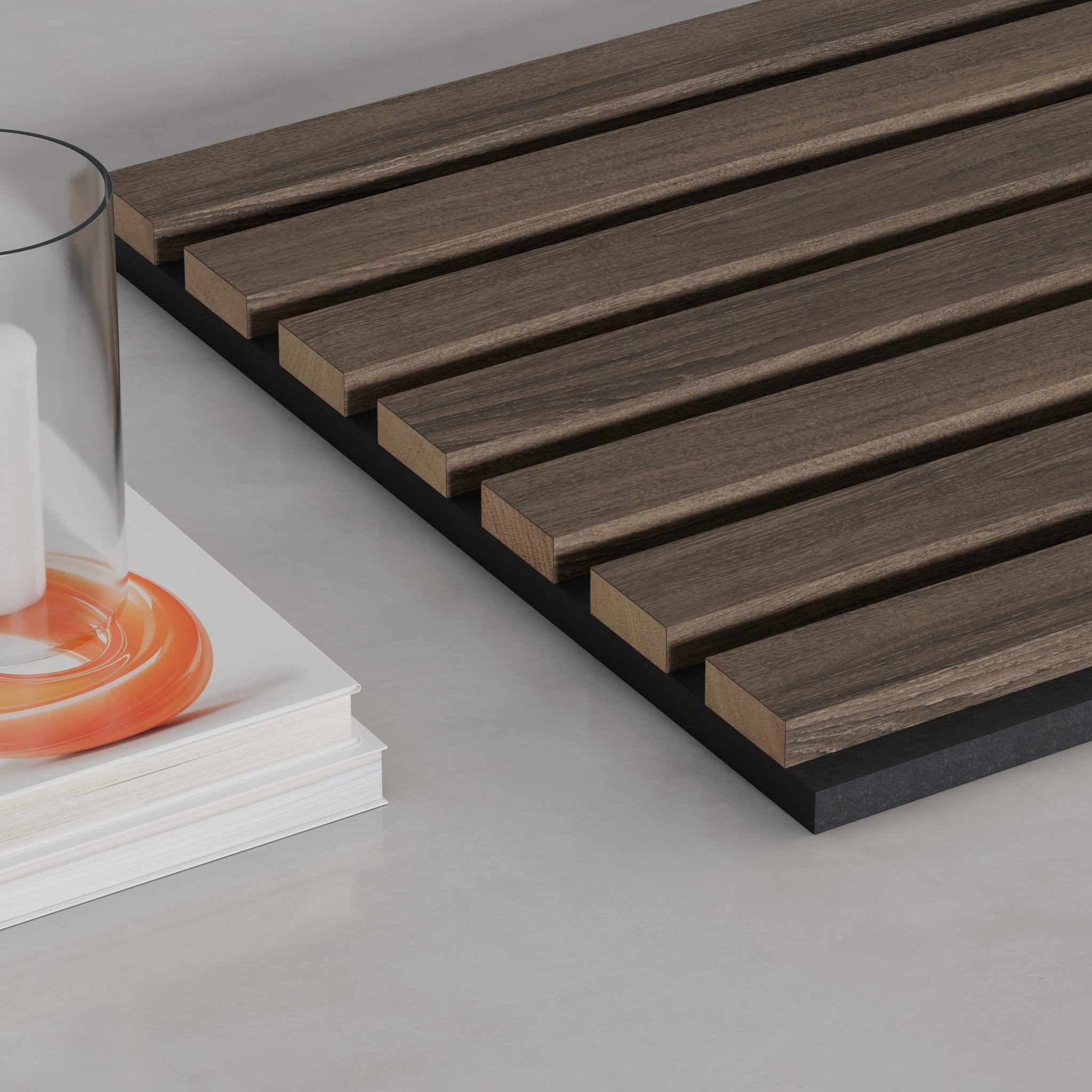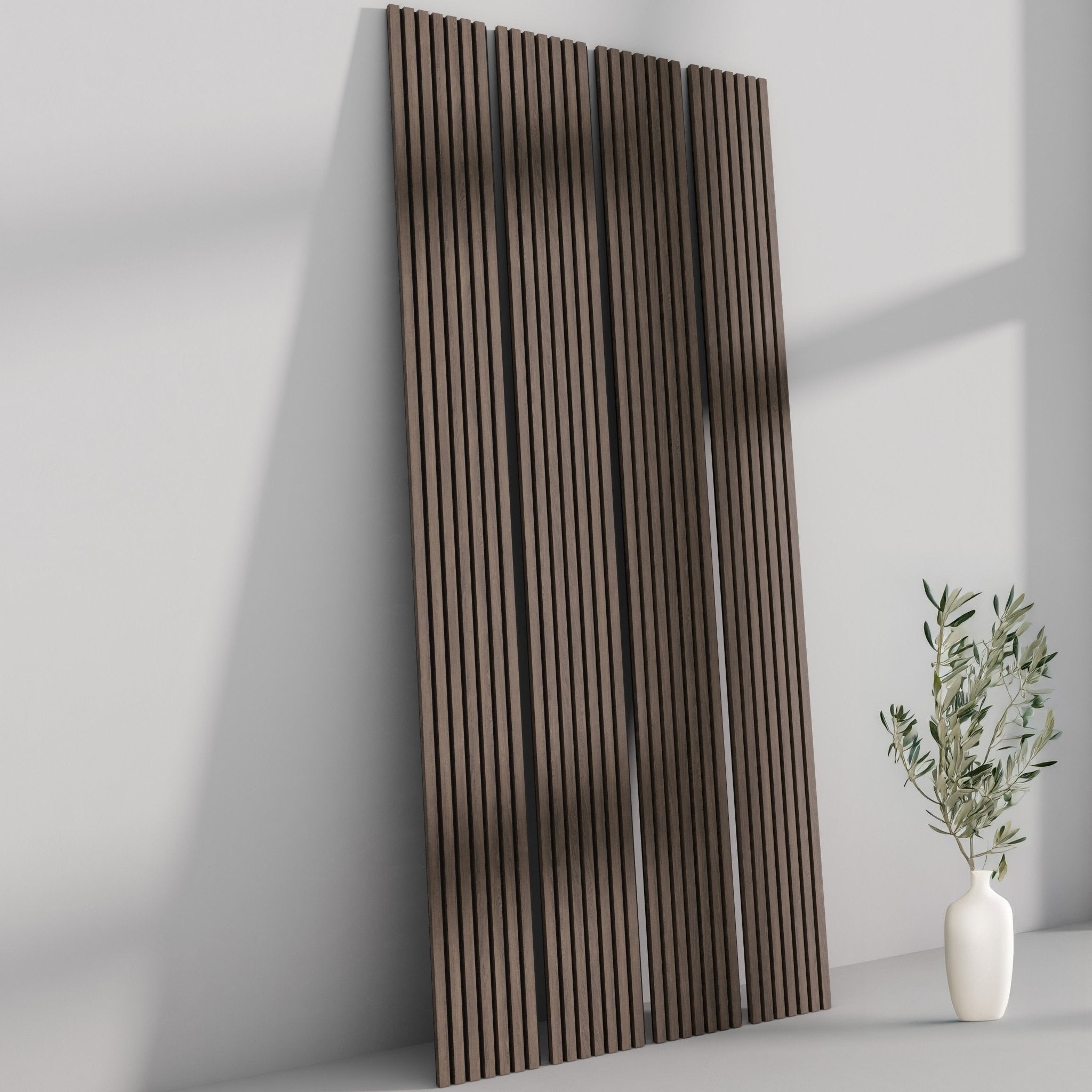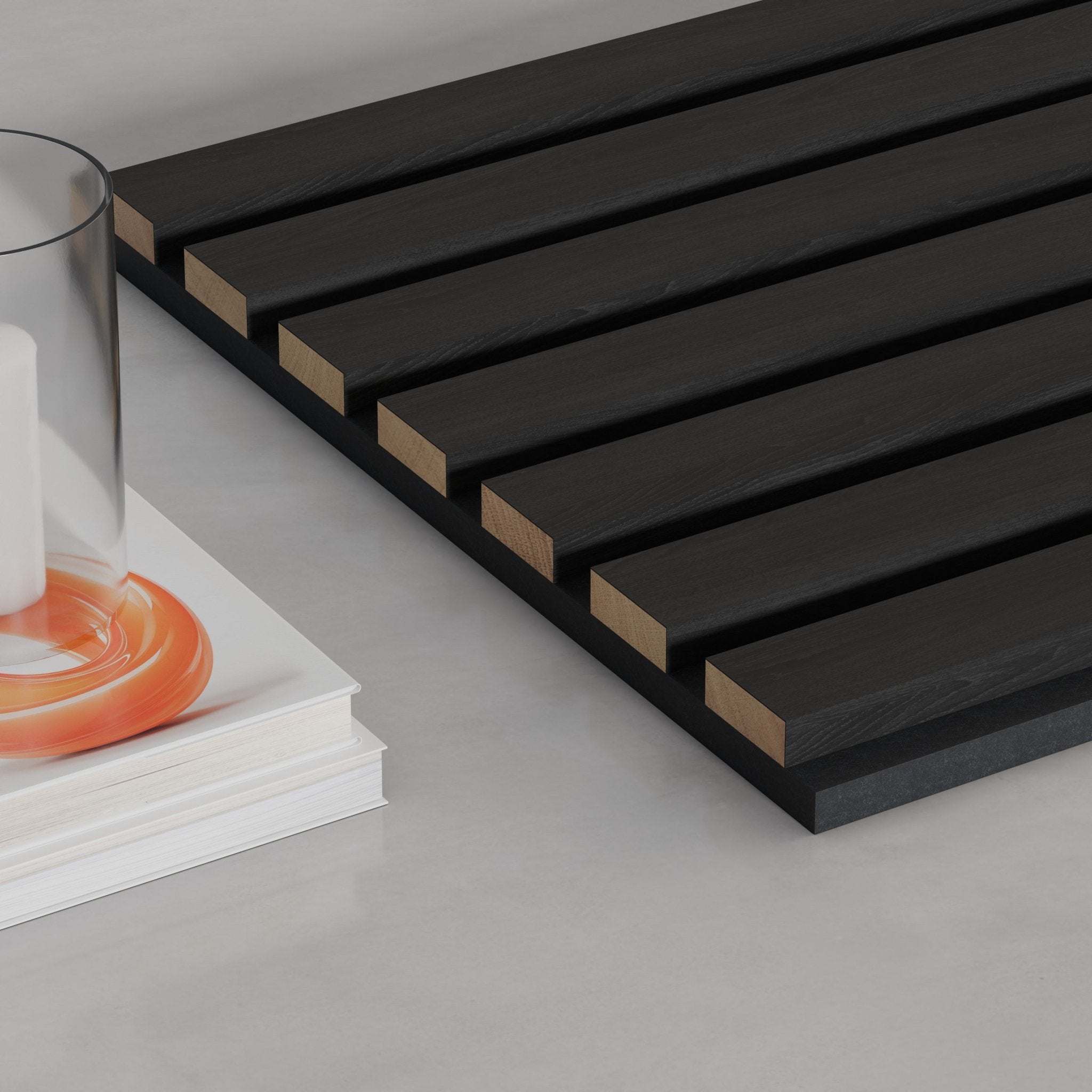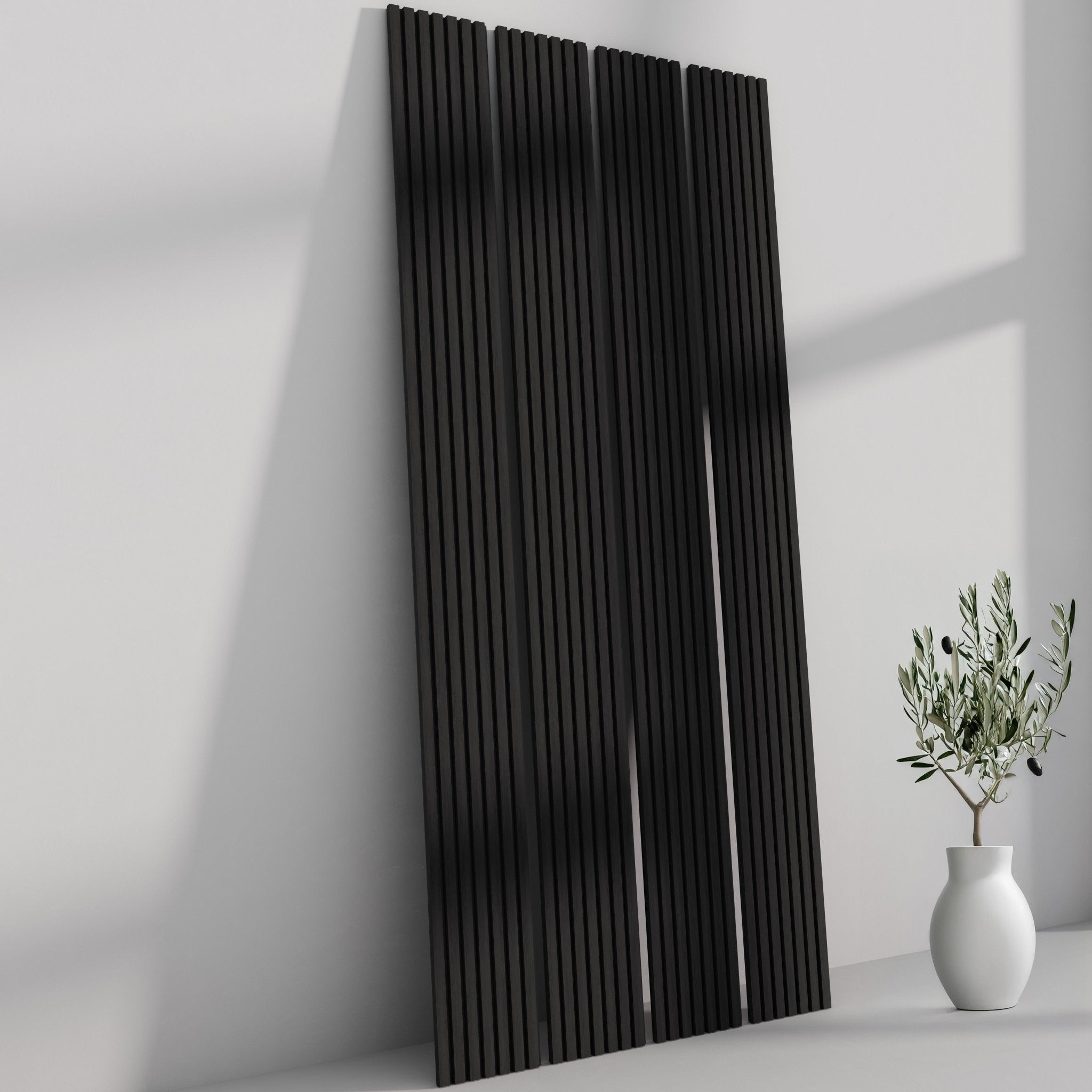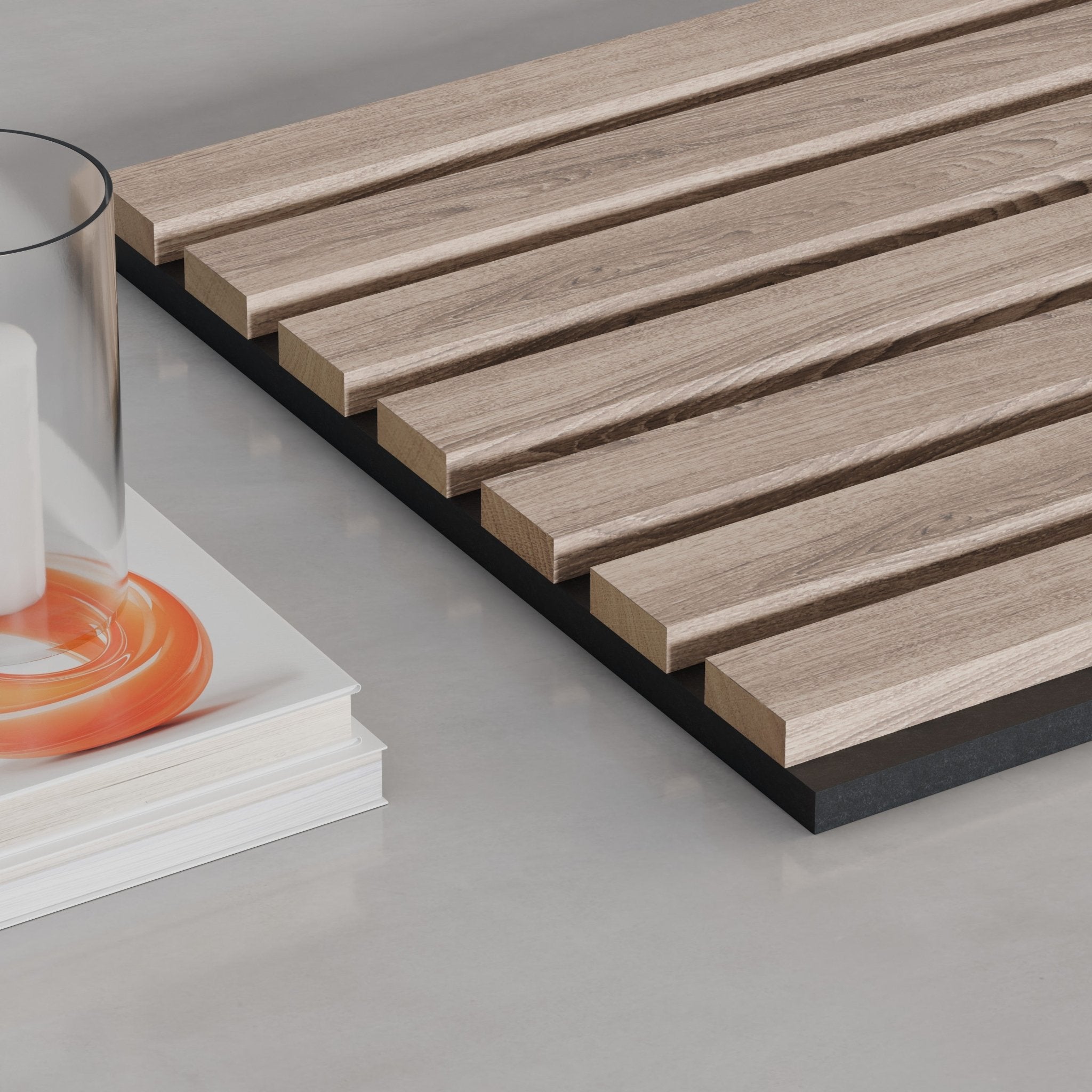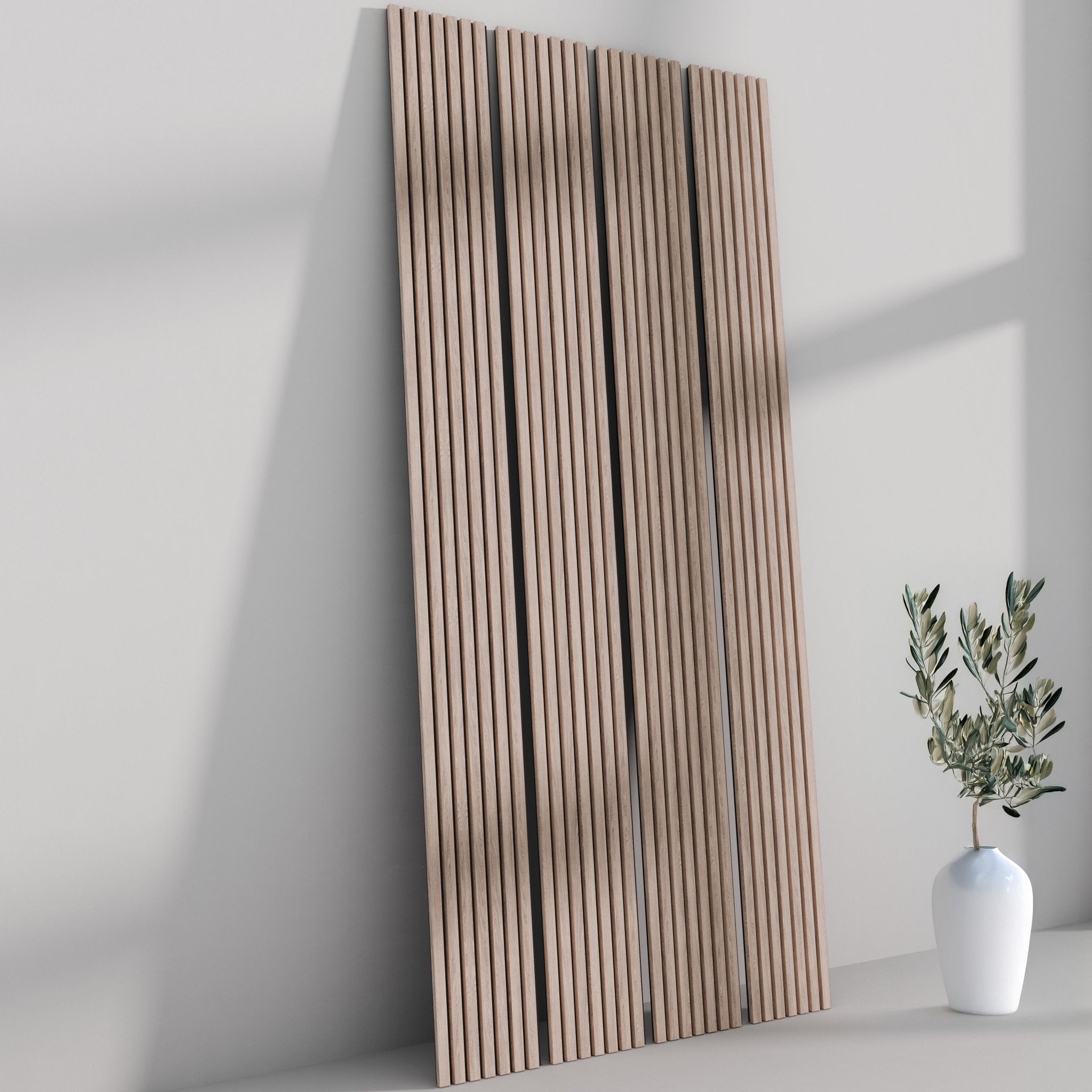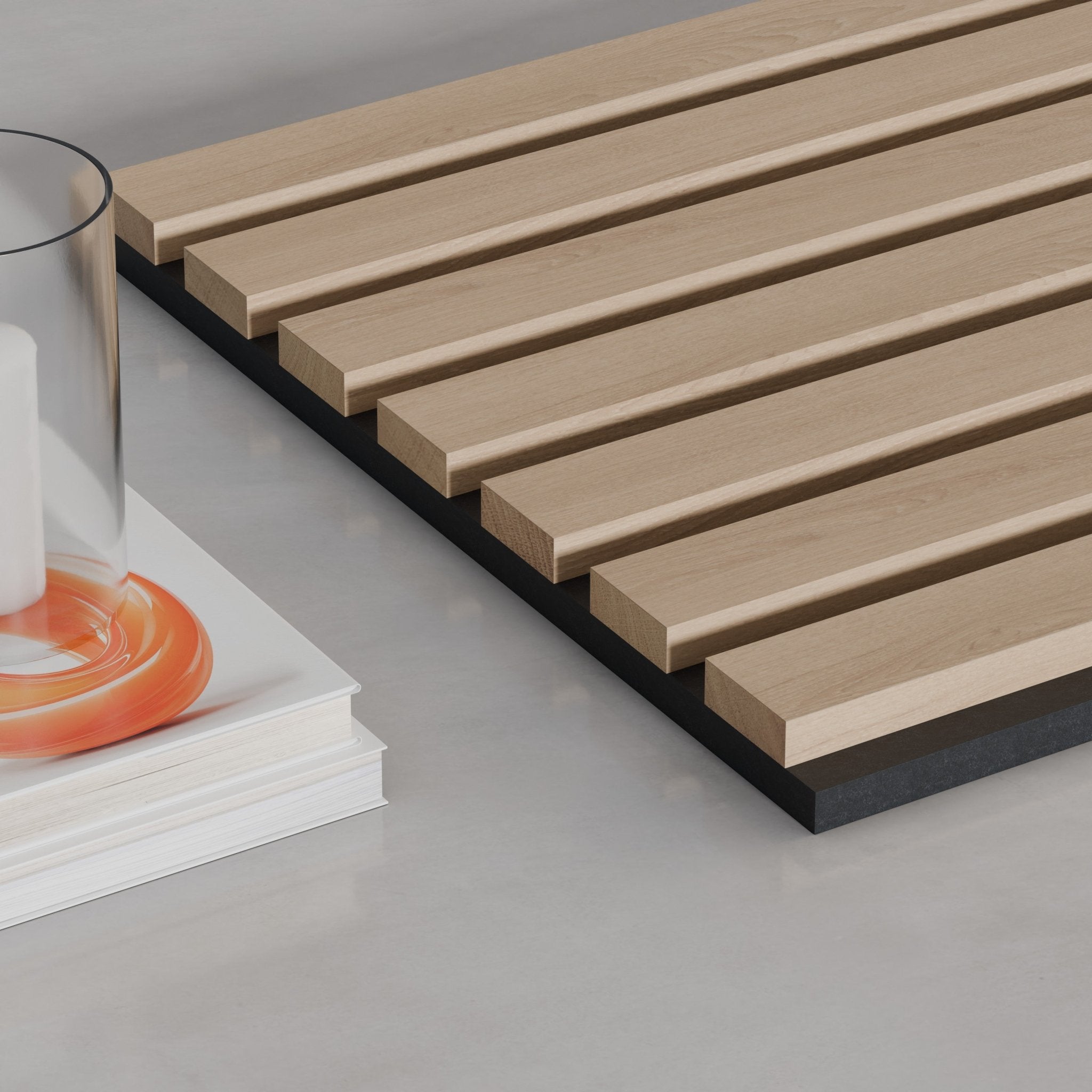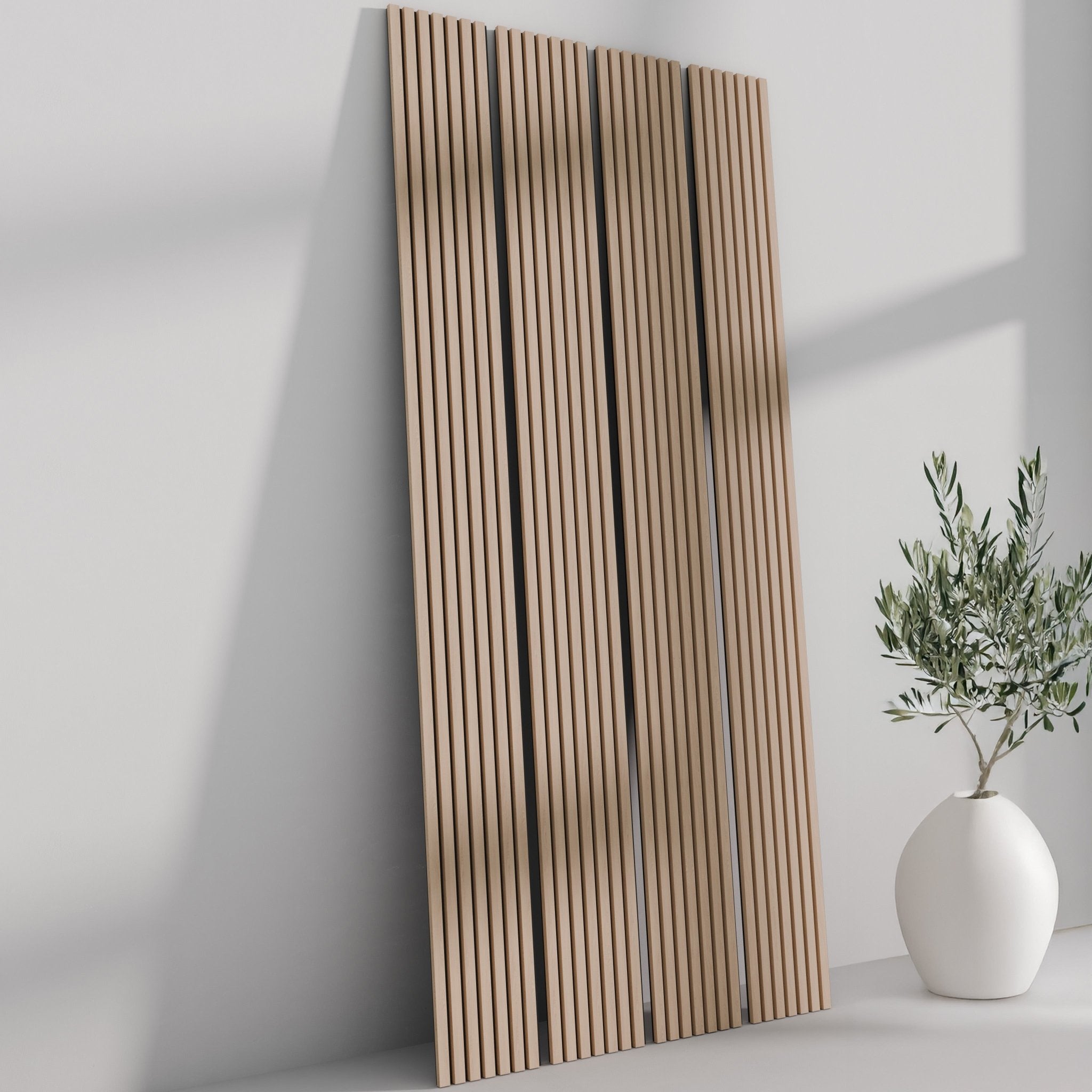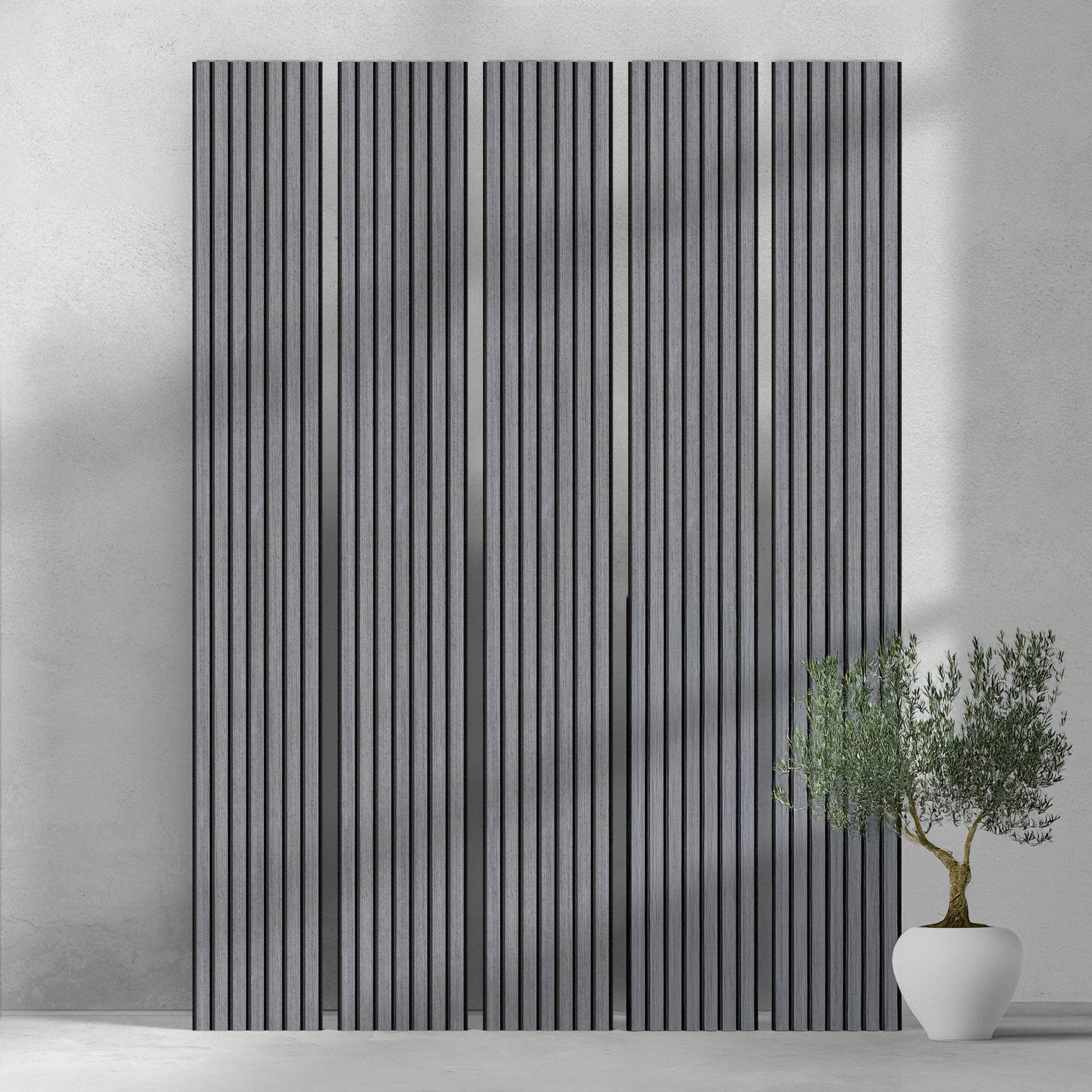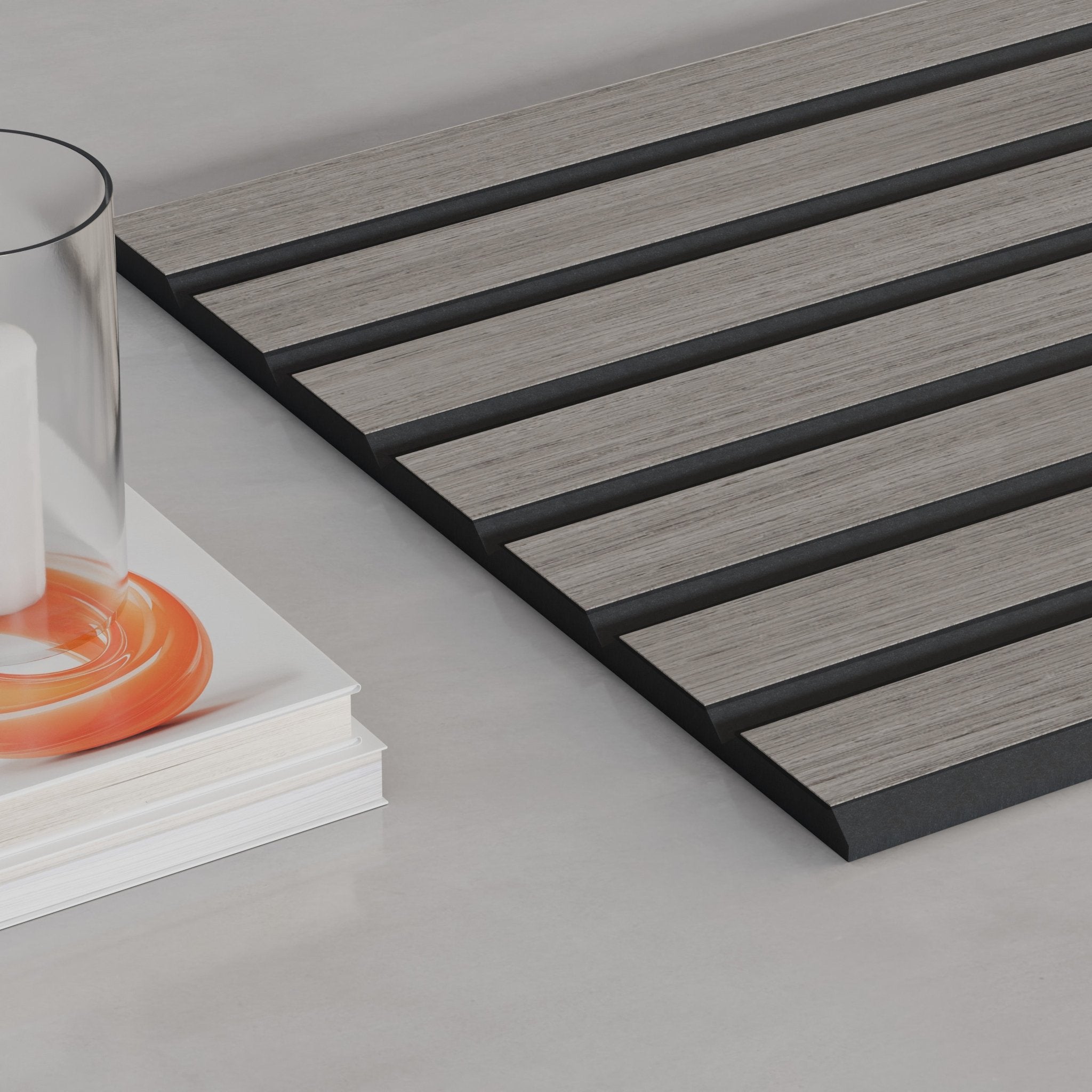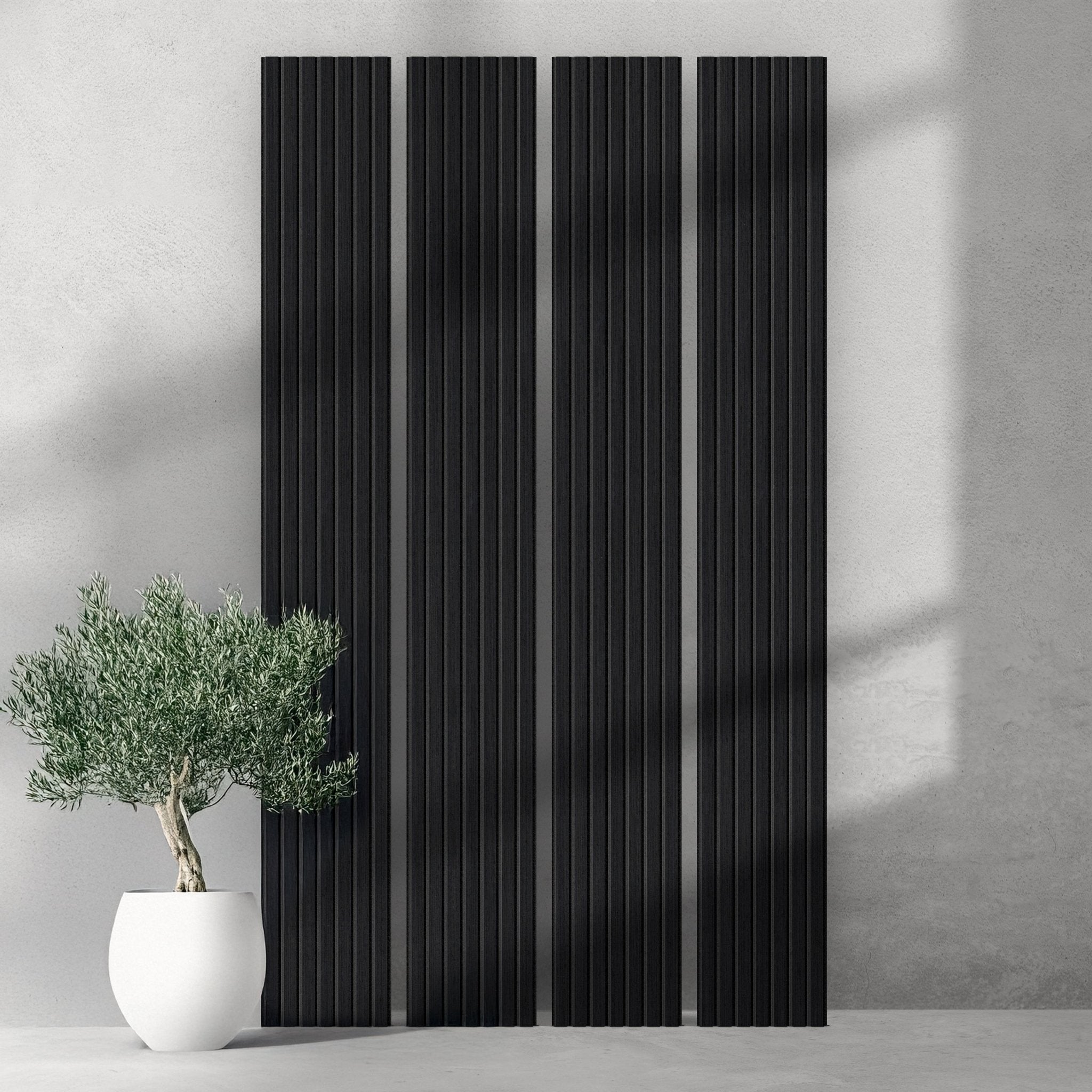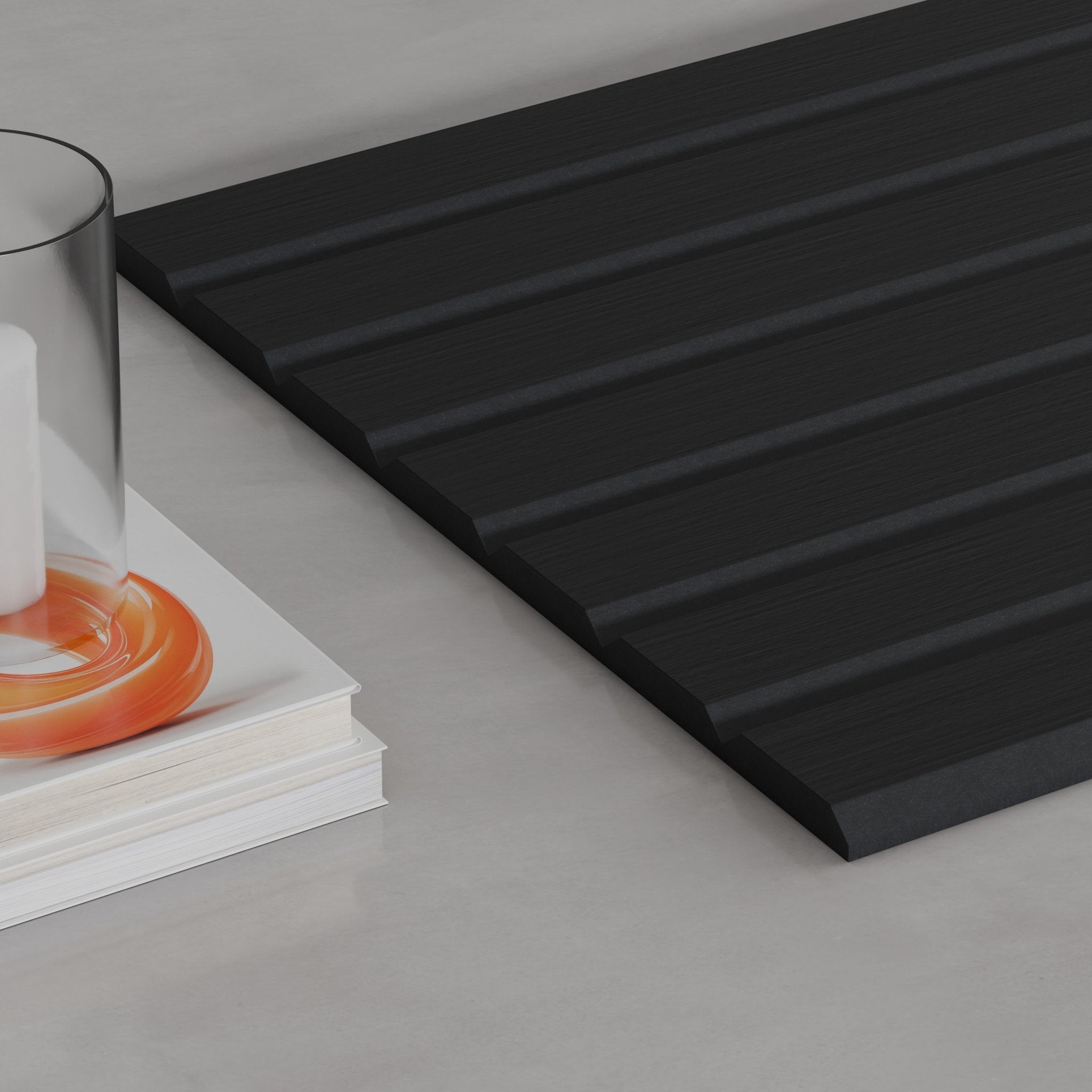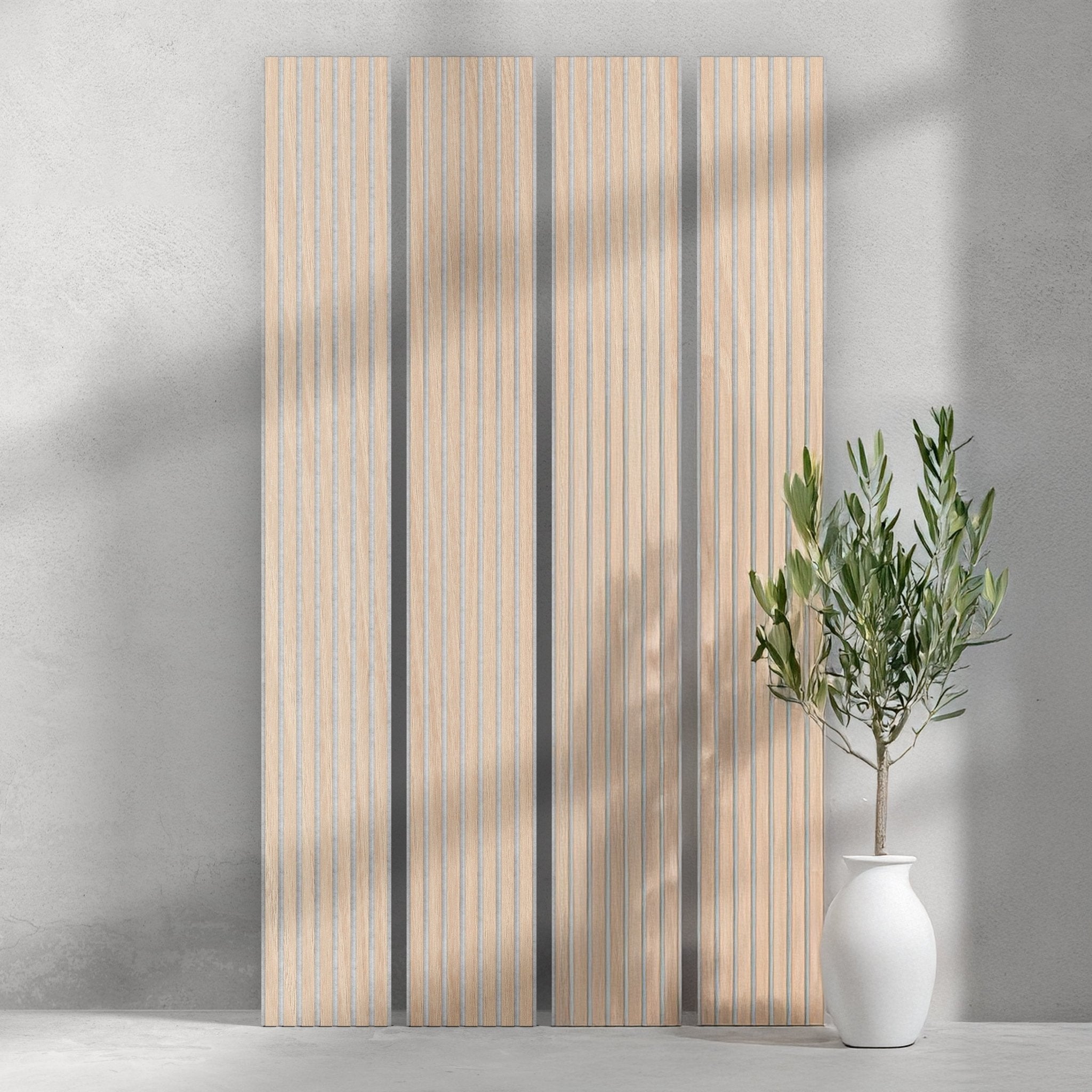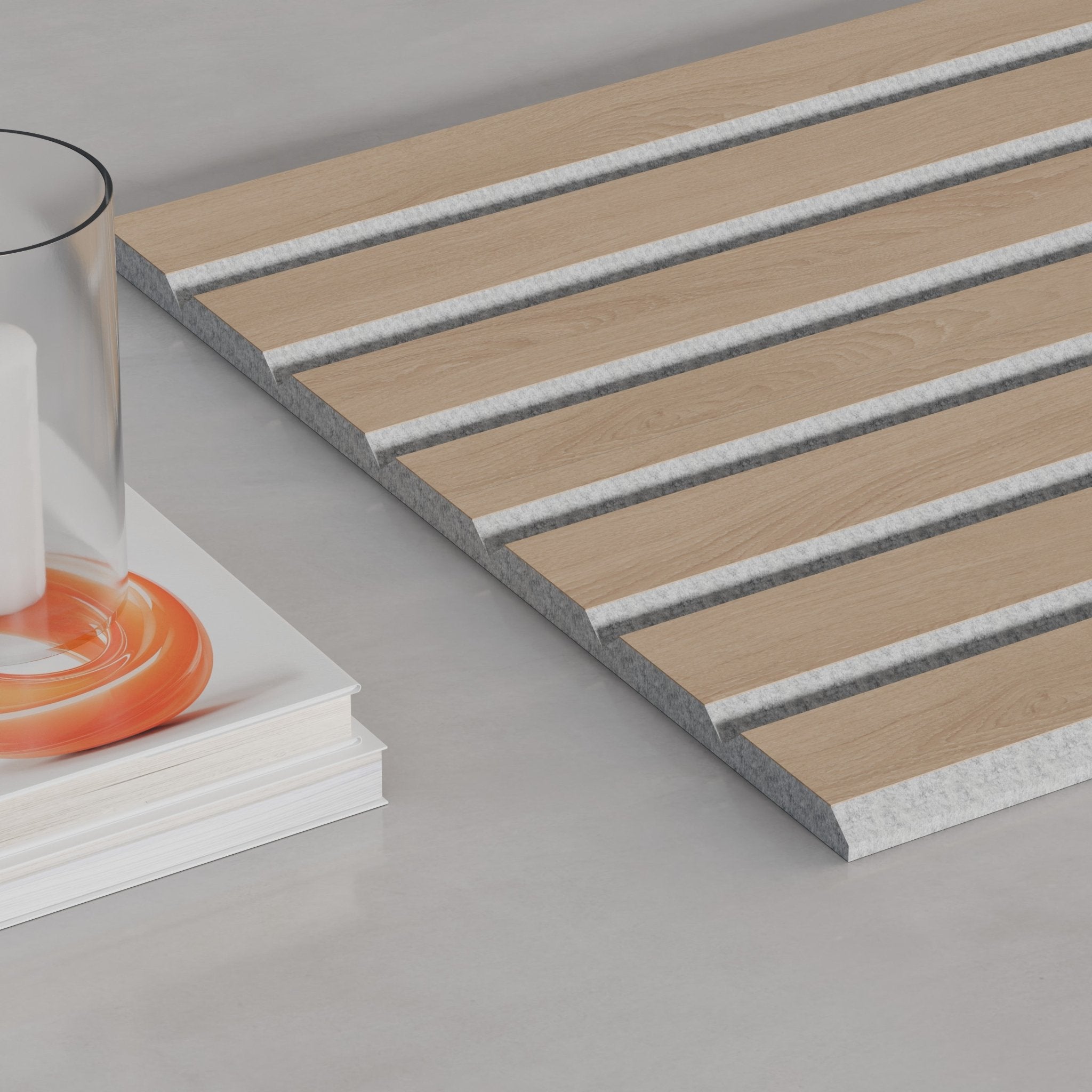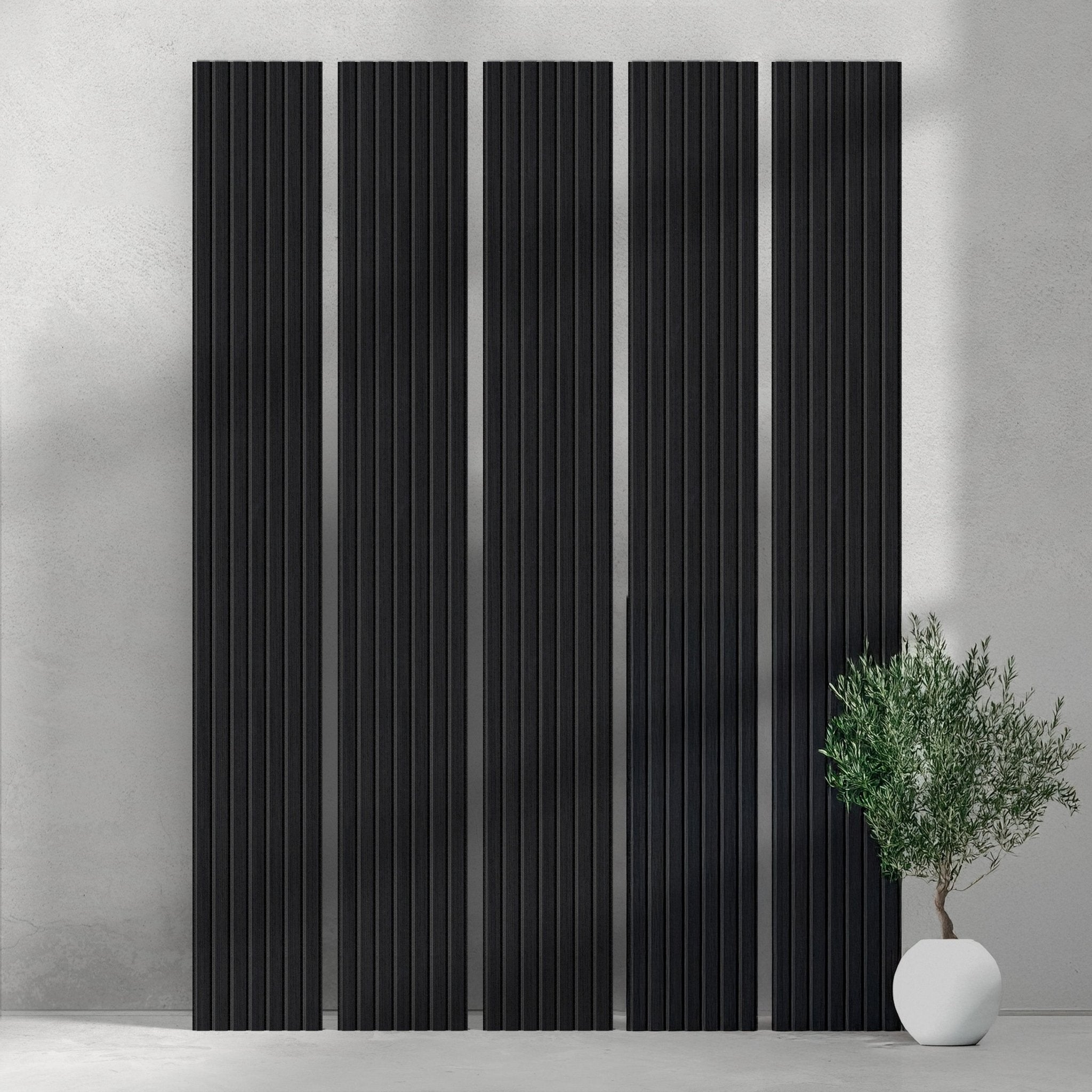Introduction
Choosing the right acoustic treatment for your space can be challenging, especially when faced with various material options like wood slats and foam. You may find yourself lost in technical jargon and conflicting recommendations. This article aims to offer a comprehensive comparison of wood slat acoustic panels versus foam panels. We'll focus on three critical aspects: sound absorption, aesthetic appeal, and cost, to help you make an informed decision.
Sound Absorption: The Core Purpose
Wood Slat Acoustic Panels
Wood slat panels are excellent at managing a broad spectrum of sound frequencies, thanks to their dual-layer construction of wooden slats and acoustic material (such as foam or fabric). They excel at absorbing mid-to-high frequency sounds while also diffusing lower frequencies, making them versatile for various applications like recording studios, offices, and dining spaces.
Foam Panels
Foam panels are made from porous expanded polymeric material. They primarily absorb high-frequency sounds and are less effective at managing lower frequencies. Thus, they are more suitable for applications where high-frequency noise is a significant concern, like vocal recording rooms.
Aesthetic Appeal: The Visual Aspect
Wood Slat Acoustic Panels
The natural wooden aesthetic of slat panels offers a visually pleasing experience. They can be customized in terms of wood types, colors, and arrangements, making them an excellent choice for spaces where design is equally important as acoustic treatment.
Foam Panels
Foam panels usually come in flat colors and lack the visual depth that wood slats offer. Their utilitarian look is more suited for places where aesthetics are secondary to functionality, like industrial settings or private recording rooms.
Cost: The Budget Factor
Wood Slat Acoustic Panels
While wood slat panels offer excellent acoustic treatment and aesthetic appeal, they come at a higher cost. The material, craftsmanship, and often the custom nature of the design can add up, making this a more premium choice.
Foam Panels
On the flip side, foam panels are generally more cost-effective. They are easier to produce and install, making them a go-to option for budget-conscious projects. However, their limited aesthetic and functional scope may require you to compromise on those fronts.
Conclusion
When it comes to choosing between wood slat acoustic panels and foam panels, the "best" option largely depends on your specific needs. If you're looking for a versatile, aesthetically pleasing solution and are willing to invest, wood slat panels are the way to go. However, if you're on a tight budget and primarily need to address high-frequency sounds, foam panels might be more suitable.
Understanding these critical aspects can help you tailor your acoustic treatment to your space, balancing functionality, aesthetics, and budget effectively.


